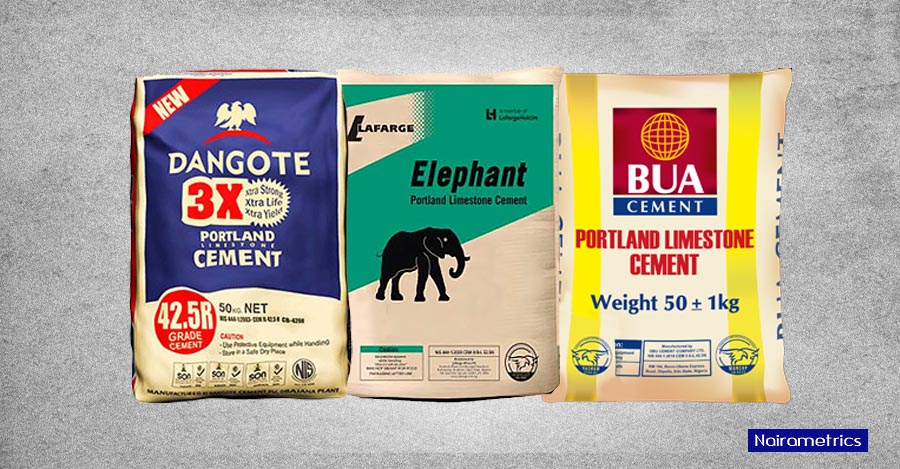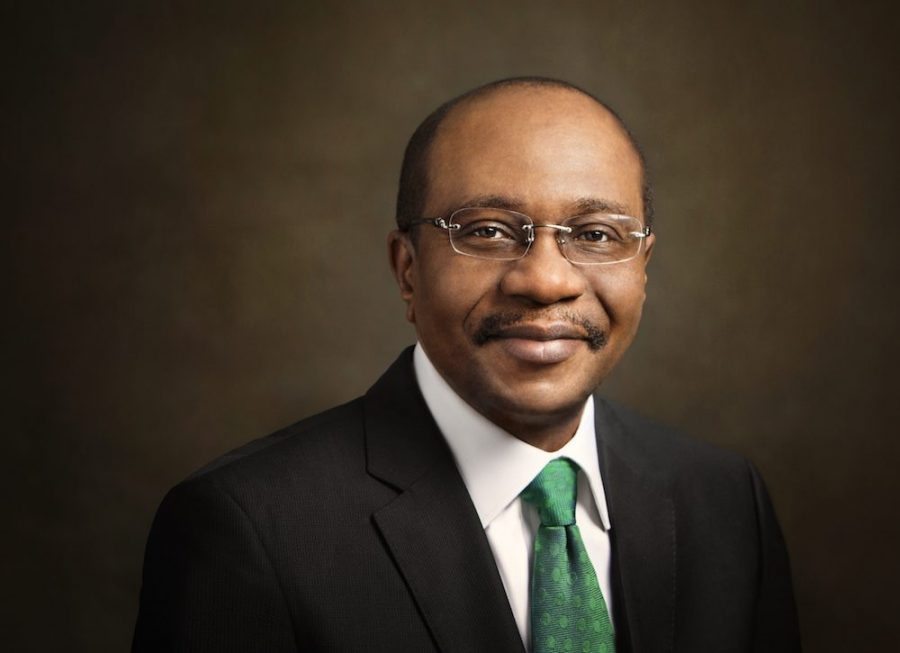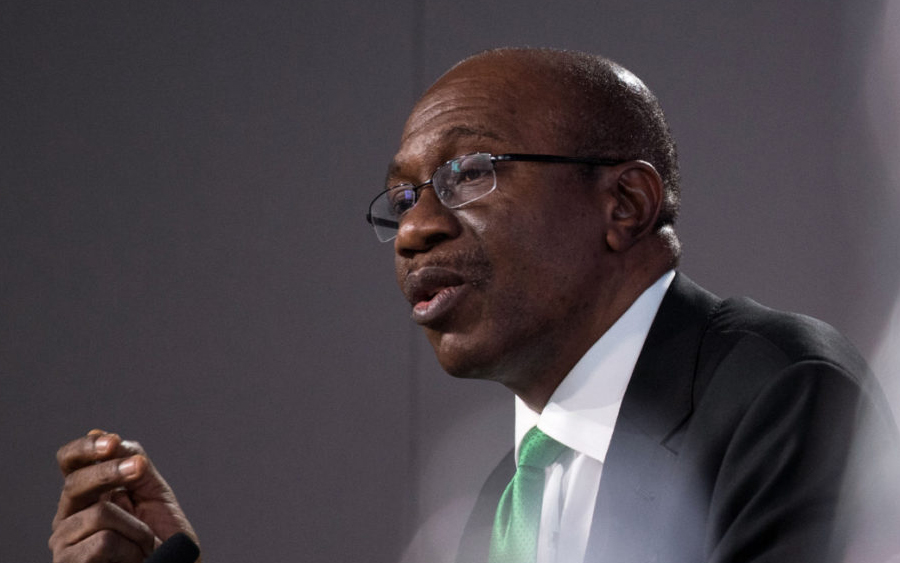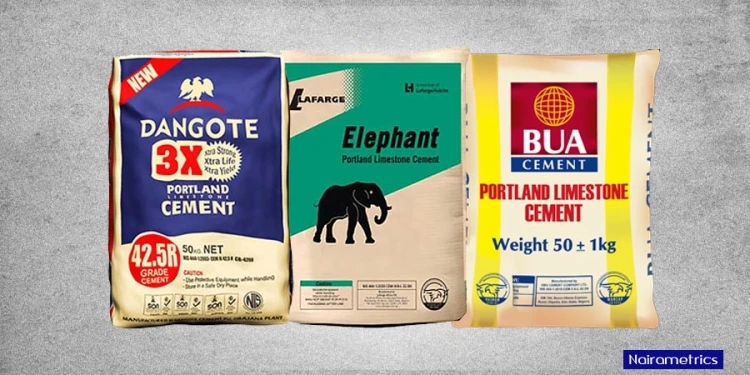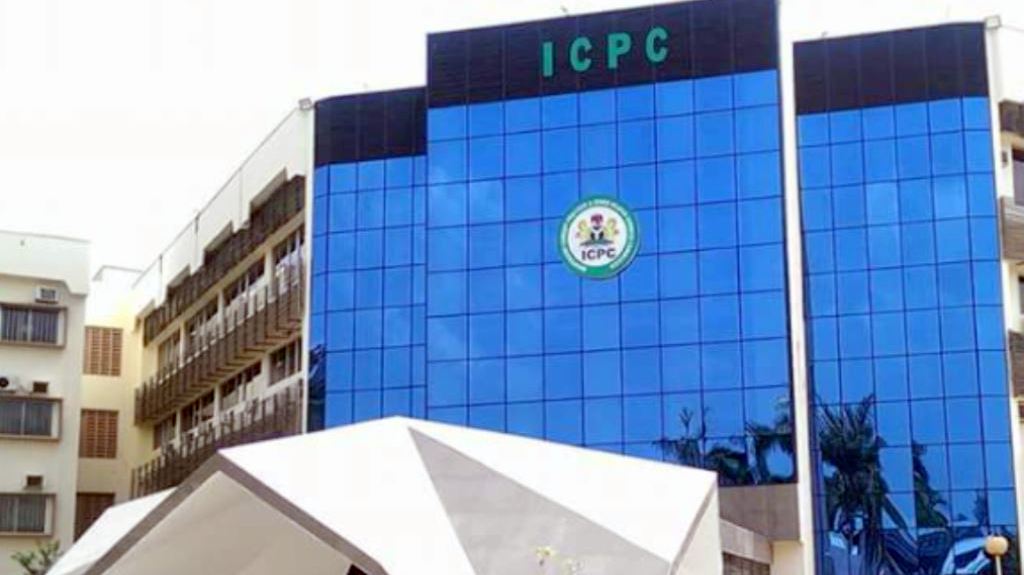Nigeria’s Cement majors have reported record revenue increases on the back of higher volume and price adjustments in the first half of 2021. The trio of Dangote Cement, BUA Cement and Lafarge Cement reported a combined N960 billion in revenues for the first half of 2021, a 37.38% increase when compared to the N700 billion reported in the corresponding period in 2020.
The companies informed investors and analysts that the galloping revenues were due to the rising demand for cement as building and construction activities pick up nationwide. Construction activities have picked up steam across the country, a trend that started amidst a gruelling Covid-19 induced lockdown.
The construction industry snapped out of multiple contractions in the third quarter of 2020 and has now posted three consecutive quarters of real GDP growth rate. Real Estate GDP has also replicated a similar growth trajectory, posting two consecutive quarters of real GDP growth rate starting from the fourth quarter of 2020. Nairametrics analysts anticipate a positive GDP growth rate for both sectors when the NBS publishes GDP report for the second quarter of 2021.
All three Cement companies posted impressive gross margins with Dangote Cement leading the pack with 60%. BUA reported 46% and Lafarge 33% in gross margins in the first half of the year, further confirmation that price played a major role in their performance, attracting further scrutiny from critics who frown at higher cement prices amidst an increasing housing deficit.
Cement giants revel in demand-driven growth
Dangote Cement, Nigeria and Africa’s largest indigenous cement manufacturer posted its largest revenue for the first half of the year and for any quarter in its history with N690.5 billion and N357.8 billion respectively. The revenue growth boosted its market share to about 72% of the cement market.
According to the company’s earnings call performance presentation, the company stated that a major driver for the increase in revenue was an increase in the sales volume of the group from 12.11 million tons (MT) in the first half of 2020 to 15.3MT in the first half of 2021, representing a 26.1% growth. Another reason given was lower discounts/rebates.
Diving deeper into what caused the increase in revenue and sales volume, the report revealed it was due to an improved performance in Nigeria where the country accounts for 64% of Dangote’s sales volume and approximately 72% of the company’s total revenue. According to the report, sales volume increased by 33.2% to 9.9MT in the first half of the year.
In an interview with CNBC Africa, the Group Chief Executive Officer (CEO) of Dangote Cement, Michel Puchercos, addressed the income drivers and affirmed that the increases in the price of cement and volumes sold during the period contributed to the increase in revenue.
Nairametrics reported in April that Dangote cement, increased its cement price from N2,800 to N3,800, representing a 35.71% increase. While speaking on the need for the price increase, he stated, “On the price side, we have been able to push prices up in all our countries despite resistance from local government as cement pricing is always a sensitive problem… However, the world economy especially freight cost was impacting all our inputs such as cement.”
Michel Puchercos also spoke on the impact of the Nigerian economy on the group’s performance. He mentioned the effect of dollar scarcity which is important to the importation of raw materials; and epileptic supply of energy on the business. He stated that the scarcity of foreign currency in the country has resulted in high and volatile exchange rates around the country, hence, the company developed a strong export programme to enable them generate dollars to compensate for the scarcity.
Lafarge, the second-largest cement company, generated the second-largest revenue of the three cement companies, posting approximately N145 billion for the first half of the year, accounting for only 15.11% of the total revenue generated. The company improved its revenue generation by 20.30% when compared to the N121 billion generated in the first half of 2020. Lafarge’s first-half revenue is its highest since 2019.
As reported by Nairametrics, Lafarge also increased its cement price from N2,400 to N3,600 as of April 2021 representing a 50% increase in the price of cement. On the price increment, according to Stanbic IBTC research, Lafarge stated that it was necessary to offset some of the inflationary pressures, despite the recent cost reduction initiatives the company has taken such as the use of LNG fueled trucks. On sales, the company stated that market demand remains strong with about 90% of cement sold and utilized by individual home builders with some growth in infrastructure projects.
Stanbic Research also stated that Lafarge is focused on improving efficiency by optimizing existing plants and deleveraging the balance sheet. The company looks to be pivoting into sustainable energy with the introduction of LNG fueled trucks. On this, the company stated that their use is part of the group’s cost reduction and sustainability goals.
Lafarge ended the first half of the year with a Profit After Tax (PAT) of approximately N28.3 billion, up 21.40% when compared to its half-year result in 2020.
BUA cement generated the least of the three cement companies generating only approximately N124 billion for the first half of the year, accounting for only 12.95% of the total revenue generated. Although it accounted for the lowest of the three, the company still recorded an improvement in its revenue generation by 22.73% when compared to the N101 billion generated in the first half of 2020.
The company’s first-half performance presentation attributed the growth in the company’s performance to “unceasing cement demand supported by an excellent business model.”
On its revenue performance, the company attributed the increase to “a combination of increased sales volume, together with ‘bonus discount’ adjustments.” The revenue per ton also recorded a 10.6% growth from N41,119.56/ton, as at H1’2020 to N45,479.14/ton as at H1’2021. According to the report, this increment is attributed to “lifting bonus” adjustment during the review period.
As reported by Nairametrics, cement prices of BUA cement increased from N2,250 to N3,250 as of April 2021 representing a 44.4% increase. On this, reports from Stanbic IBTC research revealed that the increase in the price of BUA cement was mainly due to inflationary pressures in the Nigerian economy but stated that further upward adjustments in prices are not expected in the near future.
Also, according to Stanbic’s report, the company acknowledged that market demand remains resilient and expects that the strong momentum will continue through the rainy season. The team expects that the Nigerian cement market will grow to 30-32MT in 2021, from about 25MT in 2020.
According to the report, the management of BUA cement mentioned that there has been a slight delay in the commissioning of the new cement plant in Sokoto as a result of the pandemic which caused manpower and equipment delays. However, they gave an update, stating that the plant is 90% complete and the commissioning should take place before the end of the year.
BUA Cement ended the first half of the year with a Profit After Tax (PAT) of approximately N43.4 billion, up 24.63% when compared to its half-year result in 2020.

